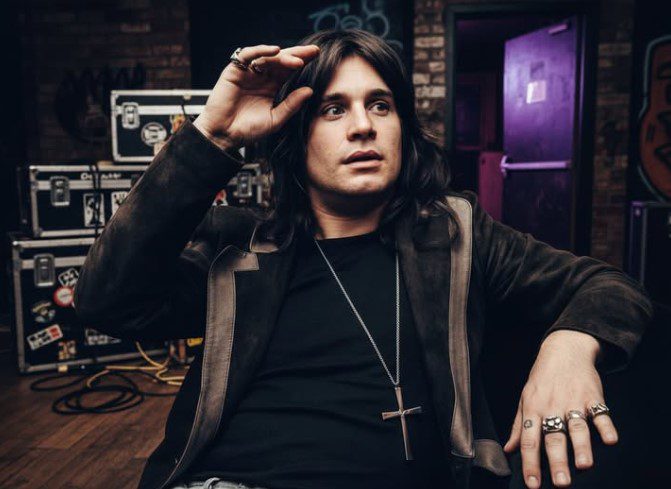
When Ozzy Osbourne stepped into his solo career after leaving Black Sabbath, few expected that his debut album, Blizzard of Ozz (1980), would carry such a haunting masterpiece. Yet, within that record lives one of the most misunderstood — and most powerful — songs in heavy metal history: “Suicide Solution.”
Clocking in at just over four minutes, this dark, driving anthem captures the chaos, pain, and resilience of a man confronting his own demons. Blending Ozzy’s haunting vocals, Randy Rhoads’ electrifying guitar, and raw emotion, the track became a lasting symbol of both genius and controversy.
A Song Born From Shadows
“Suicide Solution” emerged from a turbulent chapter in Ozzy Osbourne’s life. Written by Ozzy, Randy Rhoads, and Bob Daisley, the song was born in the aftermath of Ozzy’s departure from Black Sabbath — a time marked by heavy drinking, self-doubt, and an urgent desire for reinvention.
Bob Daisley reportedly penned much of the lyric after witnessing Ozzy’s dependence on alcohol firsthand. The chilling phrase “suicide solution” wasn’t meant to glorify despair — it was a grim metaphor for how addiction quietly destroys a person from within.
The tragic death of Bon Scott of AC/DC, who succumbed to alcohol poisoning earlier that same year, only deepened the song’s sense of warning. Beneath the surface of its aggressive riffs lies a message about self-destruction and survival, one that resonates as powerfully today as it did in 1980.
The Lyrics: A Cry Behind the Chaos
From its opening lines — “Wine is fine, but whiskey’s quicker / Suicide is slow with liquor” — the song delivers an unflinching look at how substance abuse erodes the soul. Every verse plunges deeper into despair, using vivid imagery of drowning, flooding, and decay to depict a man trapped in his own habits.
Yet, hidden within the bleakness is a glimmer of awareness. When Ozzy sings “Send away, don’t let it stay,” it feels less like surrender and more like a desperate plea for redemption. The chorus — echoing “Suicide solution” again and again — becomes both an accusation and a confession, blurring the line between victim and warning.
This duality is what gives the song its emotional gravity. It’s not a celebration of death — it’s a mirror held up to addiction, forcing listeners to confront the cost of self-destruction.
Randy Rhoads: The Guitar That Spoke Like a Scream
No discussion of “Suicide Solution” is complete without Randy Rhoads’ legendary guitar work. His riffs are tense, atmospheric, and unforgettable — building tension through sharp minor-key runs and explosive transitions that mimic the song’s emotional volatility.
Behind him, Lee Kerslake’s drums and Bob Daisley’s basslines provide a relentless pulse that anchors the chaos. The chemistry between the three musicians makes the song feel alive — each note pushing against the edge of control.
Producer Max Norman deserves credit, too. His crisp, layered production turned the track into a sonic storm where every instrument breathes — the perfect balance between heaviness and clarity that defines Blizzard of Ozz.
Controversy and Legacy
Despite its depth and artistry, “Suicide Solution” became a lightning rod for controversy. In the mid-1980s, a lawsuit accused Ozzy of encouraging suicide, but the courts dismissed it, recognizing that the song’s message was cautionary, not promotional.
Ironically, this controversy only amplified its reach. Fans connected with the honesty of the lyrics and the raw emotion in Ozzy’s delivery. Over the years, the track evolved from scandal to legend, appearing in countless compilations such as The Ozzman Cometh and performed at nearly every major Ozzy tour, including Ozzfest.
While it never topped the charts, “Suicide Solution” became a symbol of artistic bravery — proof that music can confront darkness without celebrating it.
A Lasting Echo
More than four decades later, “Suicide Solution” remains one of Ozzy Osbourne’s most defining songs. Its haunting warning, unforgettable guitar lines, and emotional intensity still echo in the halls of heavy metal history.
It’s a song that doesn’t just speak to fans — it challenges them. It reminds us that sometimes the scariest monsters aren’t the ones we fight on stage, but the ones we face in the mirror.
🎧 Listen to “Suicide Solution” (1980) — and hear the sound of a man fighting for his soul.